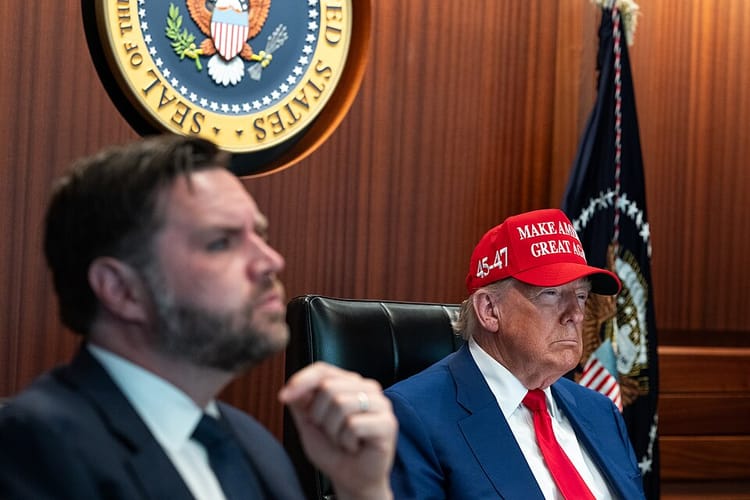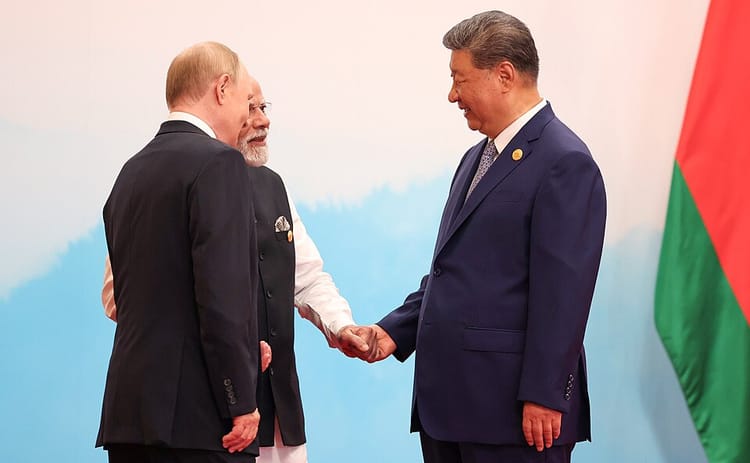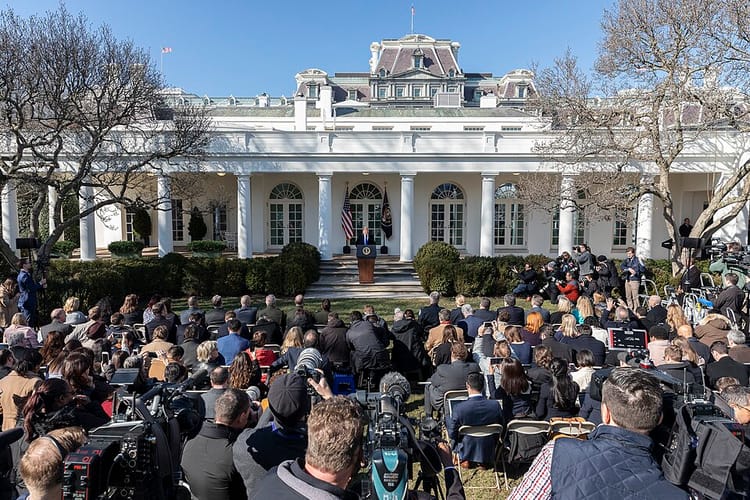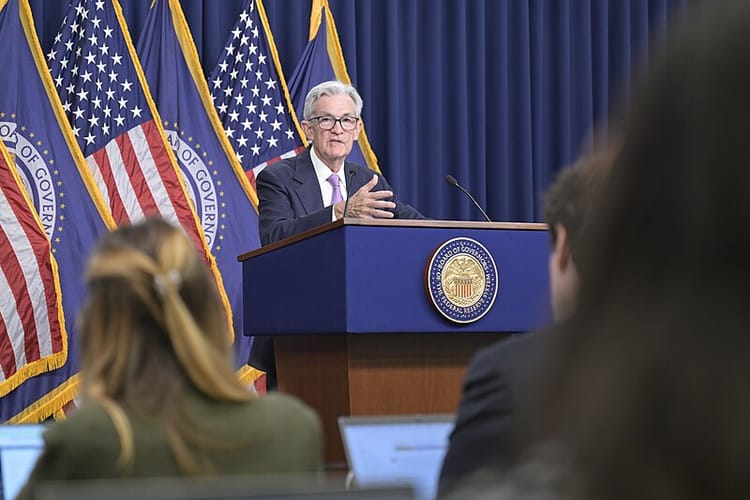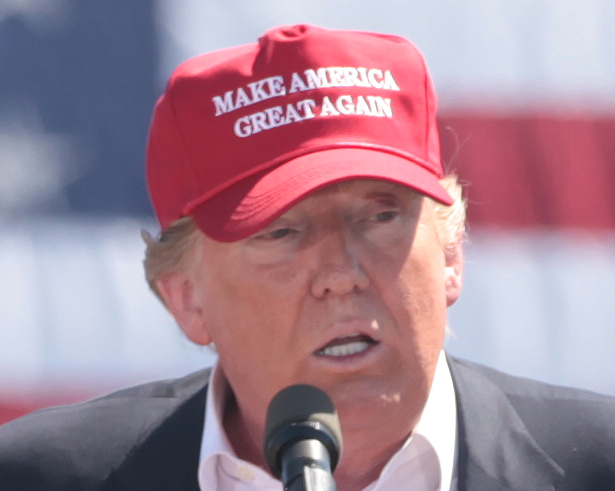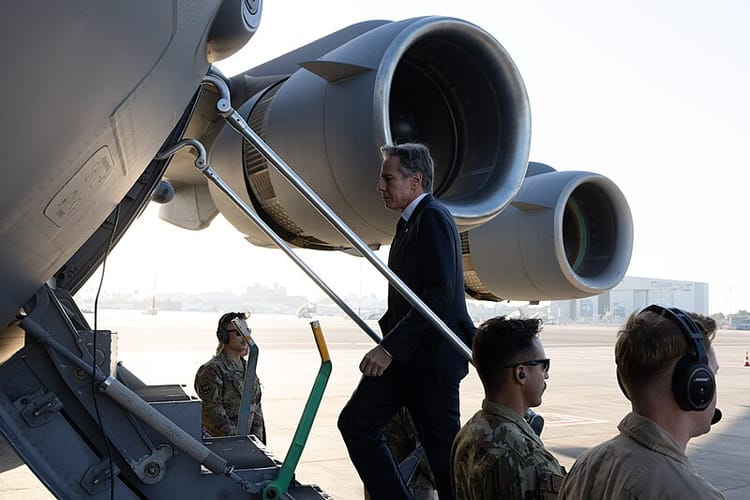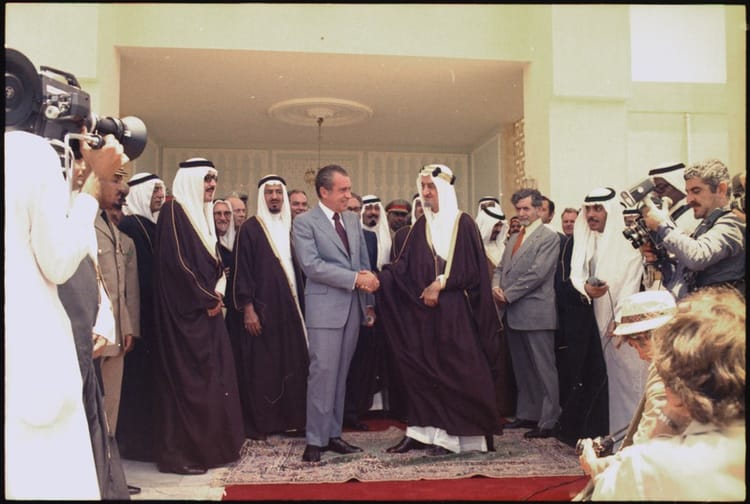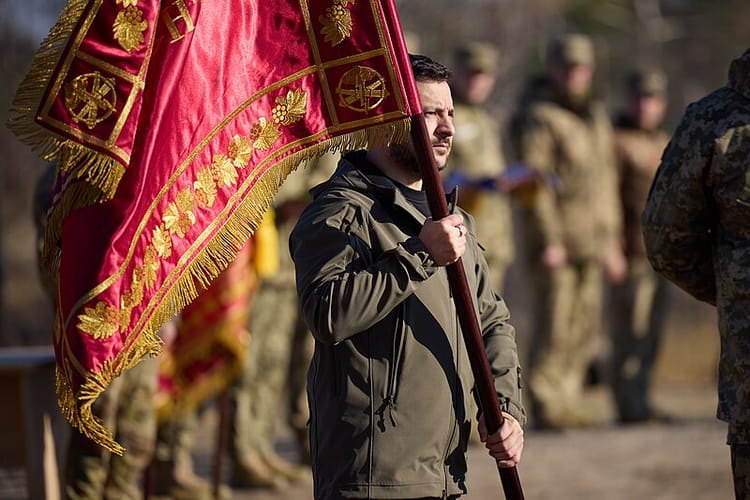
02
Dec
The King's Gambit: What Donald Trump Risks In Venezuela
5 min read
19
Nov
Five Warning Signs That Someone Is Trying To Bring Down Our Economy
3 min read
16
Nov
A Stranger At The White House
4 min read
10
Nov
President Trump Offers A New Bout Of Inflation...' er Tariff Dividend
4 min read
07
Nov
The Russian Cauldron: An Ancient Strategy That May Be Its Key To Victory
5 min read


